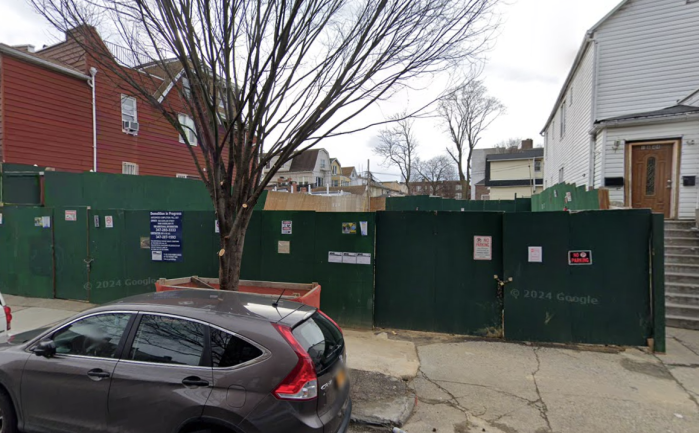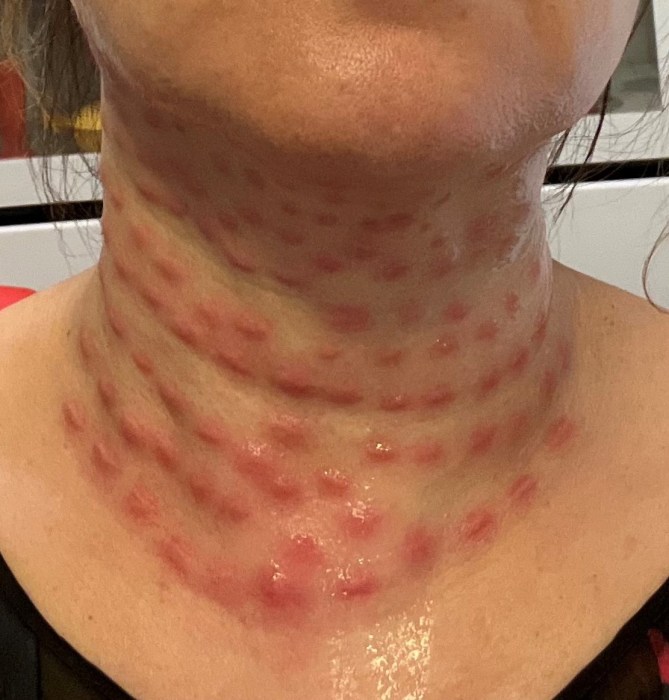As anxiety rises about lead in water systems nationally, NYC has found that the chemical persists in some schoolchildren’s drinking water.
NYC is retesting water in all public schools, and nearly 150 have tested positive for elevated levels of lead. The contaminant was found in schools in Washington Heights, the South Bronx, Brownsville, Crown Heights, Bedford-Stuyvesant and Staten Island.
The situation is troubling because even exposure to low levels of lead can lead to cognitive problems in young kids.
The city, however, is addressing the problem promptly, and is being transparent in providing data about the affected schools.
More than 170 of the city’s public school buildings are more than a century old and badly in need of repair. Lead in the drinking water is only one of the many ways in which the school system’s aging infrastructure threatens kids’ health and safety.
For years, our schools have been plagued by building code violations and toxic lighting fixtures, exit doors that do not close properly and leaky roofs. Many have lacked air conditioning and decent lighting.
Those in poorest repair are in some of the city’s poorest neighborhoods. Research shows that in addition to such safety issues, building disrepair also depresses kids’ ability to learn, according to The American Prospect.
Mayor Bill de Blasio deserves credit for significant work on this problem, including continuing to test the water in school buildings. After committing generously to school buildings last year, the city increased funding in the schools’ capital budget by $1.4 billion.
The city plans to reduce overcrowding and class sizes, phase out carcinogenic lighting structures by the end of this year, upgrade electrical and plumbing systems, and replace antique fire alarms, among other badly needed improvements.
The investments will improve our kids’ education, keep them safer and create jobs. They’ll also save the city money in the long-term.
After all, inattention to infrastructure leads to costly problems, and poisonous drinking water is only one of these.
Liza Featherstone lives and writes in Clinton Hill.






























